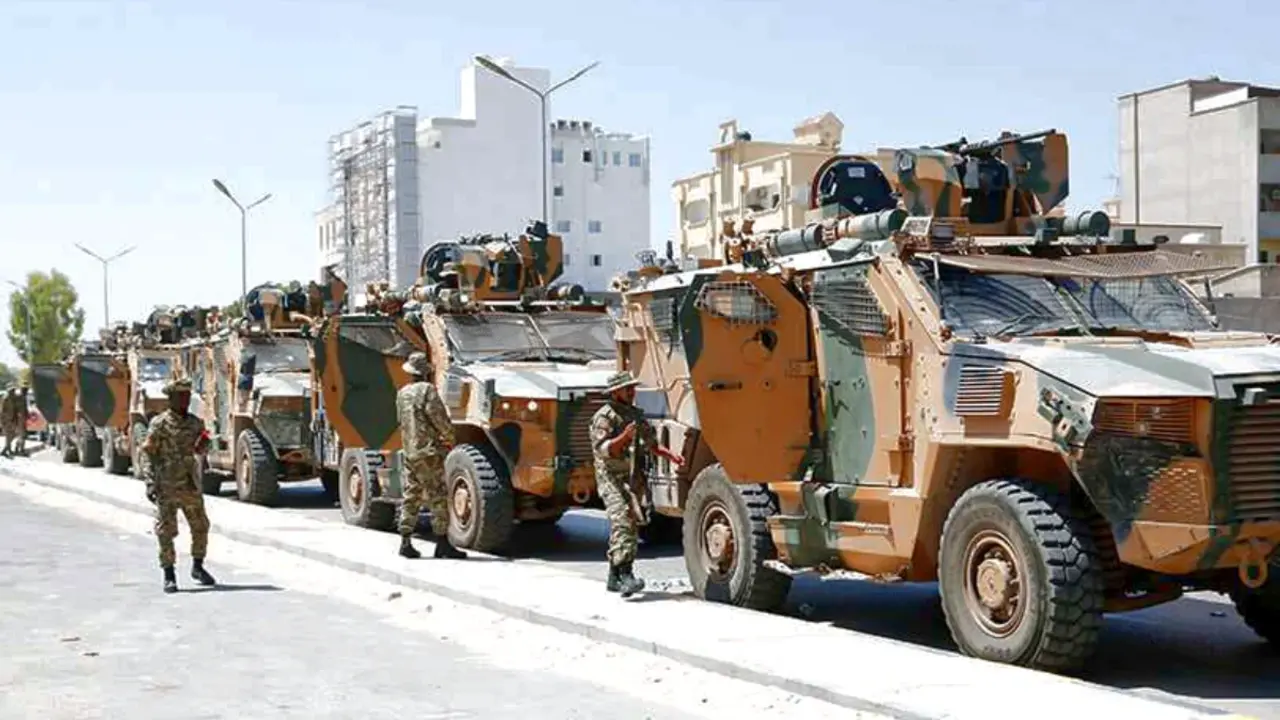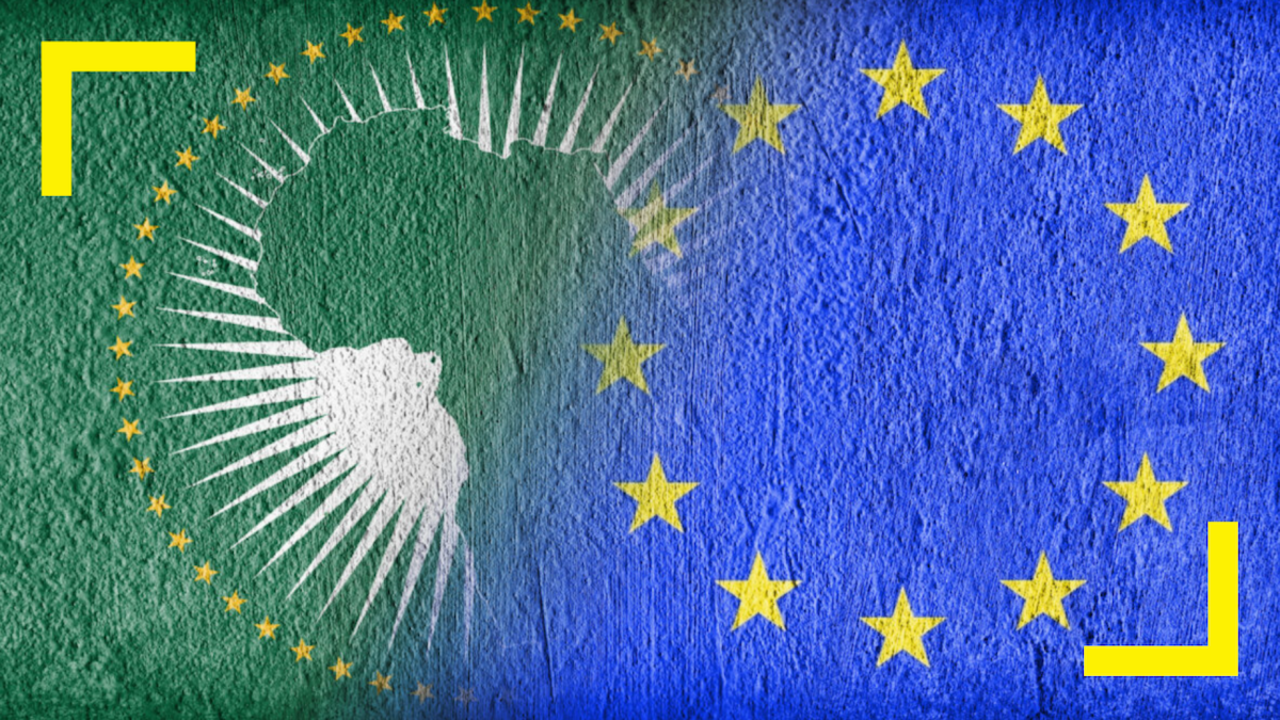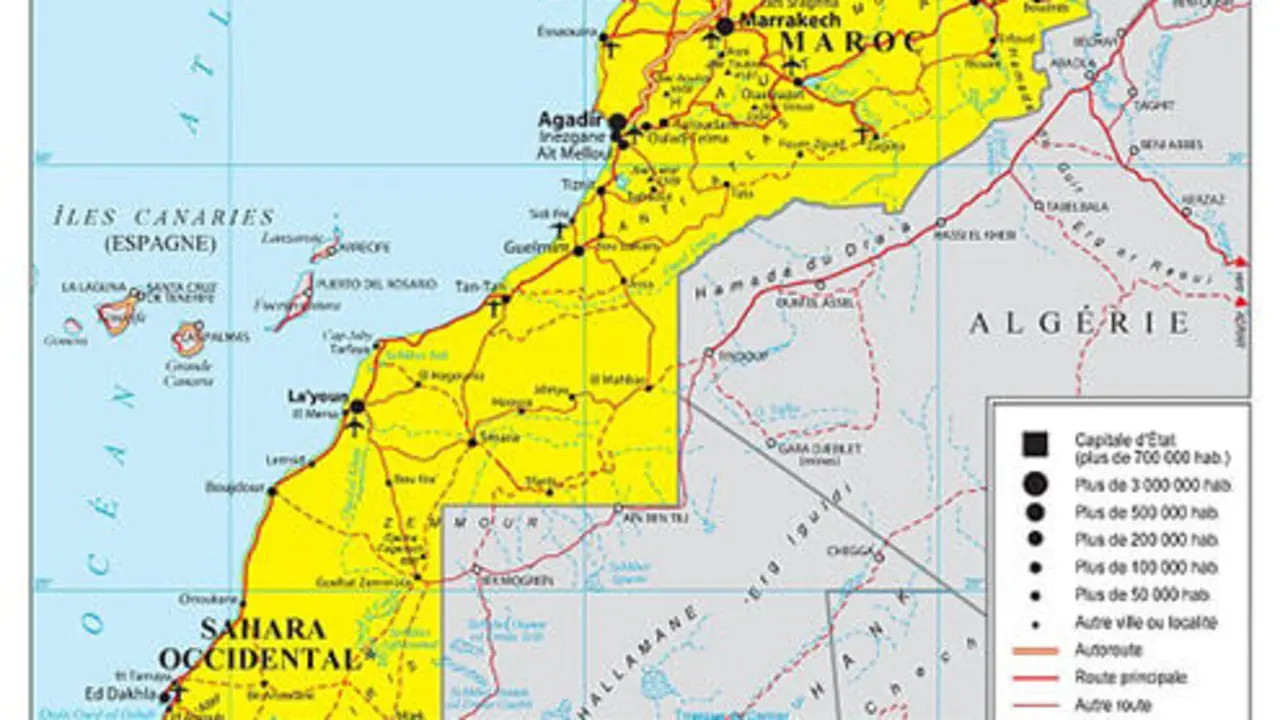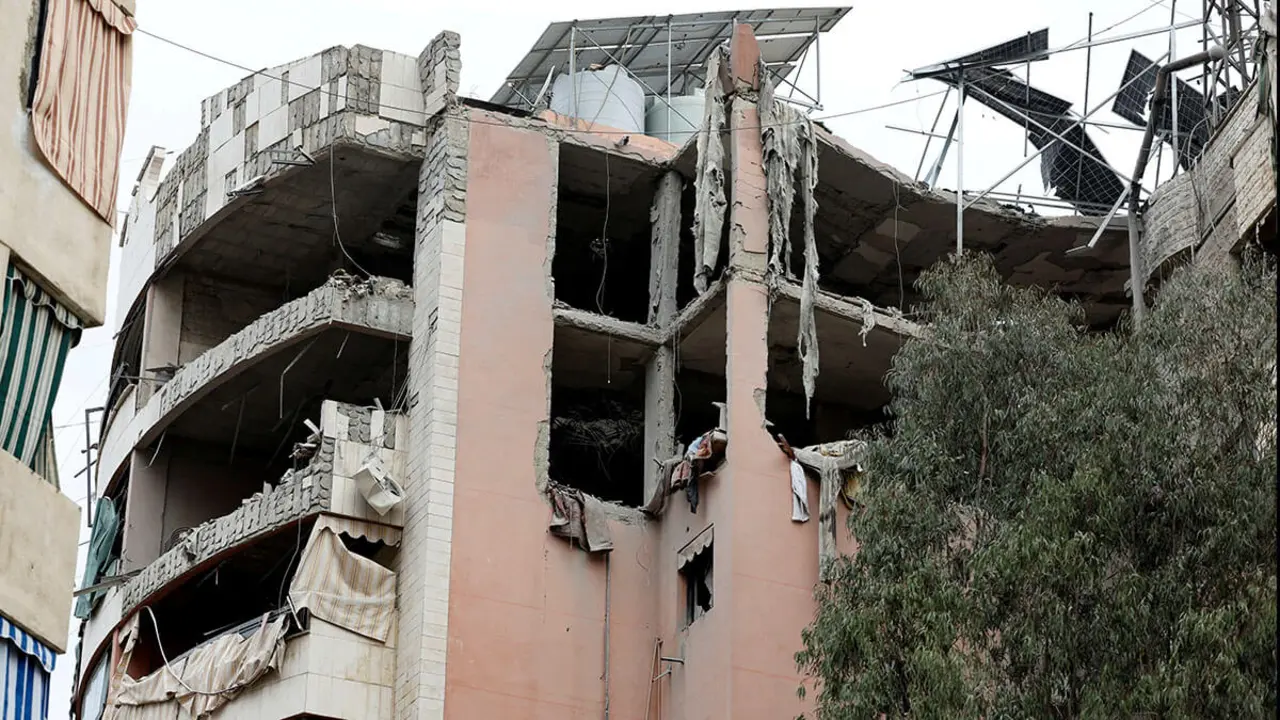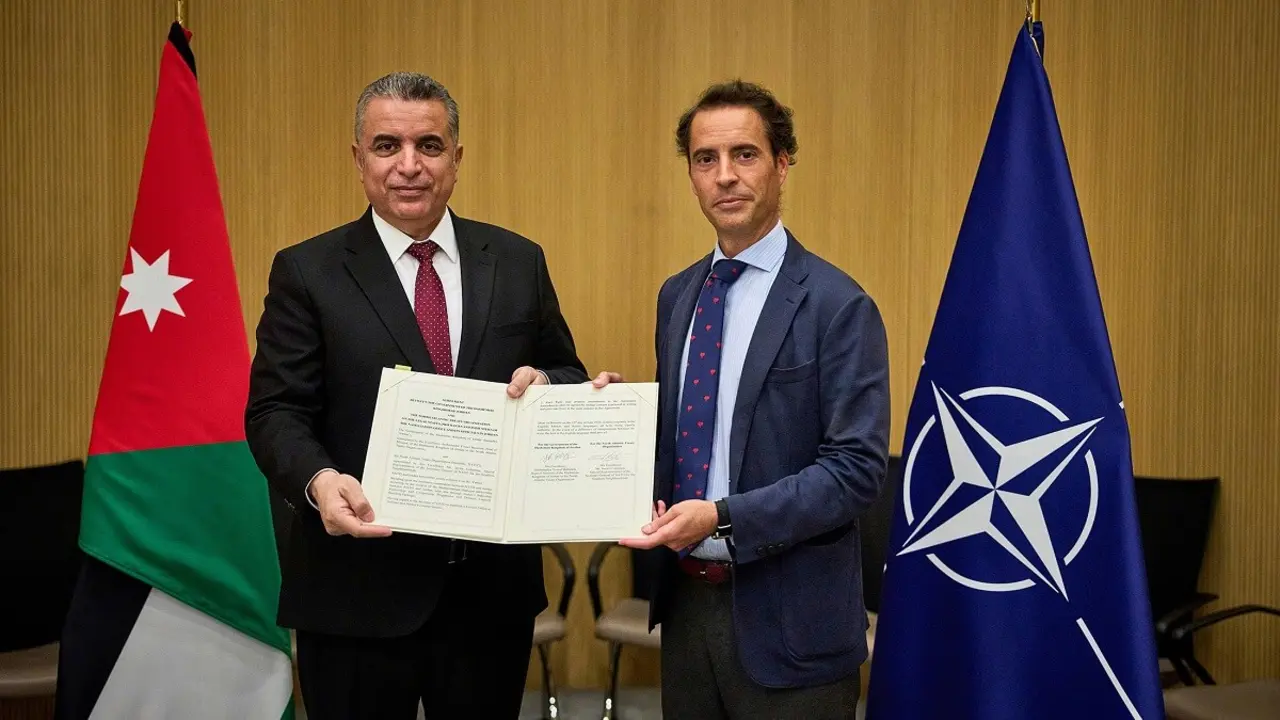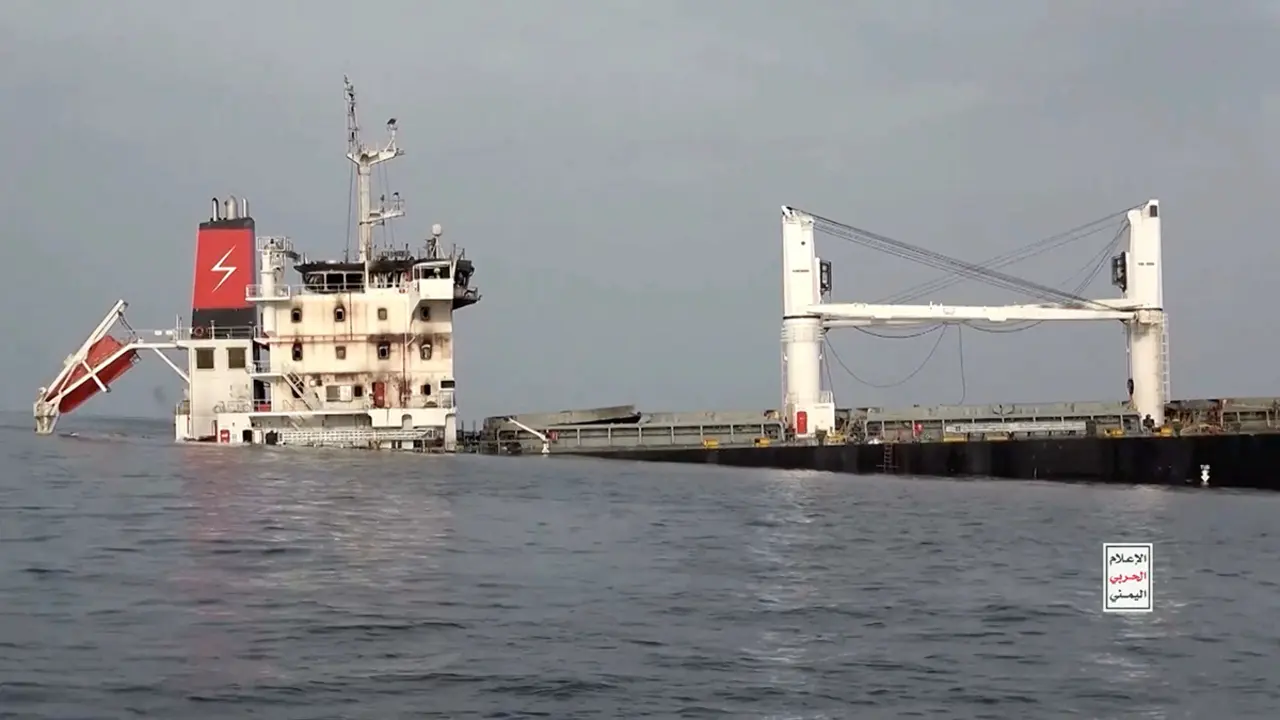The Spanish Government will have a communications system protected against nuclear explosions by 2024

Hisdesat, the national operator that provides satellite services to governments and official institutions, has begun a race against the clock to provide the Spanish Armed Forces with safe and secret communications that, for the first time, will be protected from the lethal effects of nuclear explosions.
Considered the largest satellite project ever undertaken by a Spanish company and one of the most important at European level, the new constellation is called SpainSat New Generation and is financed by a 750 million euro refundable loan from the Ministry of Industry, Trade and Tourism.
It consists of two large twin platforms which are going to provide encrypted satellite transmissions to official national bodies and those of allied or friendly countries in the fields of defence, security, intelligence and the foreign diplomatic service. With a state-of-the-art electric propulsion system to keep bodies of some 500 kilos in mass and the approximate size of a van in geostationary orbit some 36,000 kilometres from the Earth, they will operate thanks to the electrical power provided by their huge solar panels.

The first of the devices - the SpainSat NG I - is scheduled to be positioned in space at the end of 2023 and enter into service in the first quarter of 2024. Its twin brother, the SpainSat NG II, will follow 12 months later to become operational in 2025. With an estimated life span of 15 years, it is estimated that they will remain alive until 2040.
The stage that is now beginning under the supervision of Hisdesat Servicios Estratégicos is the consequence of the green light given by Miguel Ángel García Primo, the company's general manager, to the four prime contractors appointed to materialise both satellites, the European companies Airbus Space Systems in Spain and France and the French and Spanish branches of the French-Italian multinational Thales Alenia Space.

Qualified as a "challenge" by García Primo, the way that now opens before the SpainSat NG is the consequence of having passed the so called Preliminary Design Review or PDR. In essence, it consists of an exhaustive examination that validates, modifies or discards the technical suitability of the different equipment, subsystems and systems that will give life to the two satellites. Also to the advanced space-to-ground architecture that the new communications network will create.
A new feature that will be installed on board the two SpainSat NG satellites for the first time is that they will be shielded against the effects of high-altitude nuclear explosions, a demand that is among the military requirements defined by the Defence Staff headed by Air General Miguel Ángel Villarroya.

The SpainSat NG will have links in the X, military Ka and UHF frequency bands, all of which will be encrypted to prevent the listening or capture of conversations, information or data of a confidential or secret nature by undesirable third parties. In addition, state-of-the-art technologies will be used to prevent spoofing and reduce or eliminate intentional or unintentional interference, complemented by a highly accurate system to geolocate the origin of the disturbing signals.
Under the leadership of Airbus' space branch, work to build, integrate and test the equipment of the two satellites will be progressively carried out at the European corporation's facilities in the towns of Barajas and Tres Cantos (Madrid), in Elancourt and Toulouse (France) and also in Stevenage (United Kingdom).
Thales Alenia Space will develop and manufacture as a priority its significant workload at its Madrid headquarters in the Tres Cantos Technology Park, and to a lesser extent at its factories in Charleroi (Belgium), Rome (Italy) and the one it owns in the French city of Toulouse.

Thales Alenia Space España engineers are responsible for the tuning of the equipment for the military UHF and Ka bands. The UHF band is widely used in land, air and naval units thanks to the antennas that can be directed towards satellites, while the Ka band is used only in the defence field for broadband data transmission.
Airbus Space System España, based in Barajas, Spain, will develop and manufacture the six Ka-band satellite dishes and also the X-band dish, which is used primarily by the military. Named SARA, its sophisticated active antennas will be reconfigurable in orbit, both in their upward and downward beams. In this way it is possible to move the information transmission beams at very high speed and obtain 16 coverage areas. In addition, an electronic pointing mode managed by a processor will interconnect the X and Ka bands, known as 'beam hopping'.

The manufacture of both satellites and their links with the ground will be a major contribution to the national space industry, with both electronic and structural contributions from companies such as Acorde, Anteral, Arquímea, CRISA, GMV, IberEspacio, Indra, SENER, Tecnobit and also the National Institute of Aerospace Technology (INTA

Whether the integration and final testing deadlines are met depends largely on whether the development and manufacturing deadlines for the military X- and Ka-band antennas and the complex deployment mechanisms for each of them are met, which is being done within the European Space Agency's (ESA) PACIS-3 programme.

If all goes well, Hisdesat sources are confident of having completed the final tests with the SpainSat NG I and NG II "in the last months of 2023 and 2024", respectively. If not, it will be very difficult for them to fly to their orbital working positions in the years currently planned.


